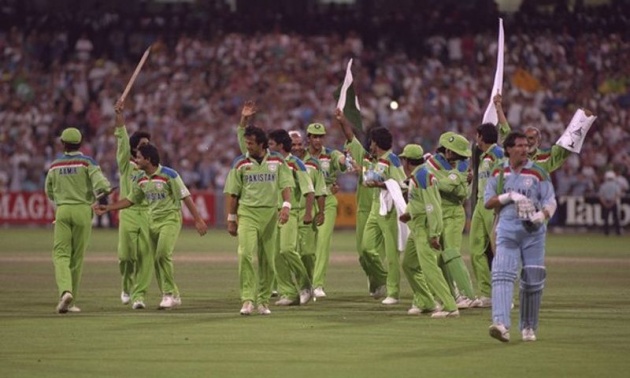International cricket is all about how you prepare. Keep yourself fit, put in the hard work and practice well. That in a nutshell is the mantra for doing well at the highest level. The ICC Cricket World Cup 2015 will be played in the challenging conditions of Australia and New Zealand, which means it entails double the hard work.
"I am not trying to create any fear, but the ICC Cricket World Cup 2015 will be a big challenge for the bowlers, especially those from the sub-continent."
They need to be extra fit to cope up with the pitches in Australia and by that I mean that they will need to have a strong back.
The first impact of the tremendous workload is felt by your back and so my advice to all the fast bowlers is to go to Australia a fortnight before the World Cup starts and as part of your training just run, run and run.
Once you attain the needed fitness, that’s half the job done.
Then the bowlers will have to vary their bowling according to the pitches in Australia and New Zealand.
What I have noticed is that pitches in Australia have traditionally been known to be good for fast bowlers because of the amount of bounce that can be generated on those surfaces. The pitches are similar paced, except for the WACA in Perth, which has the best bounce in the world for fast bowlers to exploit. The Gabba in Brisbane is also good for fast bowlers.
But besides offering good bounce to the bowlers, these pitches help stroke-play and any batsman pulling, cutting and hooking can score runs freely. The first timers get excited with the bounce and try to bowl short, which is not advisable.
The pitches in Adelaide and Sydney offer more help to the spinners and are also good for batting. The MCG pitch can assist seam bowlers, but the bounce there often helps the batsmen.
In Australia, the seam of Kookaburra balls gets soft very quickly and it becomes difficult for bowlers to seam the ball into or away from the batsman. But since the pitches are skiddy the true bounce can help the bowlers.
The bowlers need to, therefore, bowl just short of a good length and also vary their pace which has become the main weapon for bowlers in limited-overs cricket. It’s all about rhythm and angles. When the bowlers reach the point of delivery, they need to try to snap their wrist and that is something they can generally only learn gradually.
"Since back foot batsmen do well on Australia pitches, try to draw them on the front foot and get the edge."
We were lucky that when we won the ICC Cricket World Cup in 1992 with a depleted bowling attack, we had a number of part-timers like Ijaz Ahmed and Aamir Sohail to bank on.
Aaqib Javed was outstanding and his economy-rate allowed me to attack. Mushtaq Ahmed also got bounce out of the tracks. I ended up with 18 wickets and that was all due to my hard work on my fitness. Not for a day did I feel tired and the motivation Imran Khan gave us all was incredible. Those two magical deliveries in the final at MCG were the essence of my World Cup success. I bowled them with a plan and that was executed so well that I was over the moon.
In New Zealand, the ball swings more than Australia because most grounds are close to sea and are mostly open and small. There is always a great amount of wind, as a result of which the ball swings more and it’s difficult for the batsman to cope. Bowlers should try to draw the batsman forward and get the edge.
I rate Dale Steyn, Mitchell Johnson, Tim Southee, James Anderson and Mohammad Irfan as the top picks for this ICC Cricket World Cup 2015.
Irfan can be lethal in Australia considering his towering frame, but he has to learn where to pitch the ball. Steyn, being Steyn, his aggression is personified and he can destroy the strongest batting line-ups. Spinners can also do well in Australia but they must not be afraid of being hit. The grounds are bigger so there is always a chance of a mis-hit.



